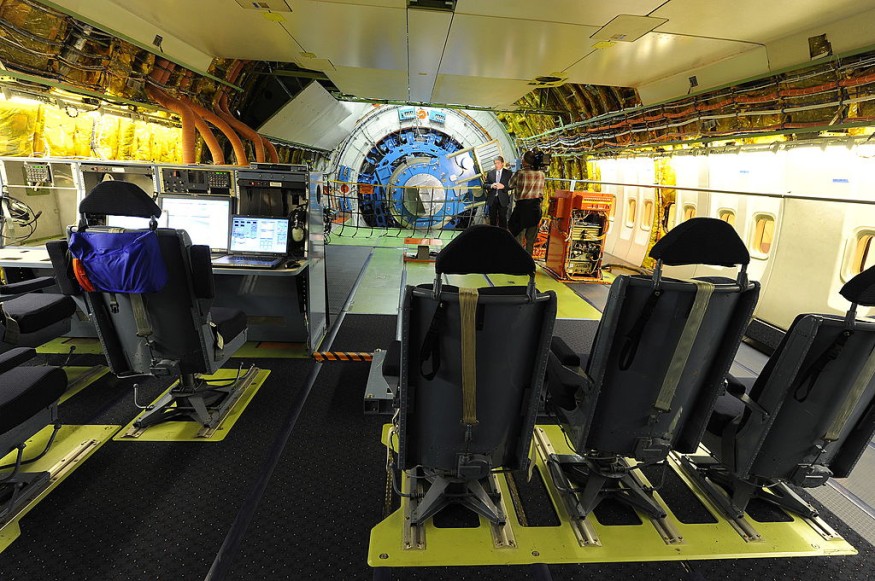NASA and the German space agency DLR announced on April 28 that the Stratospheric Observatory for Infrared Astronomy (SOFIA) would cease operations in September.
The airborne astrophysics observatory's future has been questioned in recent years due to its high running costs. According to Space News, NASA invests around $85 million on SOFIA each year, more than any other operating astrophysics project save the Hubble Space Telescope.
Except for the Hubble Space Telescope, NASA spends around $85 million per year on SOFIA, more than any other operating astrophysics program. NASA recommended cutting financing for SOFIA in its budget recommendations for fiscal years 2021 and 2022, only for Congress to reinstate funding.

NASA, DLR to End SOFIA Program
Decadal Astrophysics Survey, a community-informed document that identifies priority objectives for astrophysics research over the next ten years, proposed that SOFIA cease operations in November 2021. DLR and NASA followed the advice.
SOFIA costs more than $80 million per year to run, and according to the National Academies' Decadal Survey on Astronomy and Astrophysics 2020, the mission's research yield is not commensurate to its massive operational expenses.
Furthermore, the study said that SOFIA's capabilities are not always in accord with the Decadal Survey's science goals for the coming decade and years.
As a result, the Decadal Survey had to persuade NASA and DLR to wrap up the SOFIA program after the mission extension was completed.
"SOFIA's annual operations budget is the second-most expensive operating mission in Astrophysics, yet the science productivity of the mission is not commensurate with other large science missions," officials wrote in a description of NASA's allocations in the 2023 federal budget request (via Space.com).
Furthermore, the White House budget proposal for 2023 backed with the Decadal survey's suggestion, indicating that SOFIA's shutdown will be "compatible with the science community's recommendations."
On Sept. 30, SOFIA will complete its eight-year mission, including a three-year extension beyond its original mandate. The program uses a modified Boeing 747 airliner with a reflecting telescope for high-altitude infrared studies.
Many cancellation requests have been made in the past, but with the Decadal Survey, SOFIA will finally get off the ground.
About SOFIA Flying Program
From 2009 to 2010, NASA used SOFIA, a modified Boeing 747SP with the registration N747NA, and on May 26, 2010, the flying observatory successfully delivered its first photograph of the solar system.
This telescope was a collaboration between NASA and the German Aerospace Center (DLR) to see and study the infrared cosmos to comprehend better significant events such as the birth of solar systems and new stars.
Simple Flying mentioned that NASA and DLR dispatched the Boeing 747SP to Chile last month to begin its maiden voyage to South America and perform a two-week mission.
SOFIA, on the other hand, ultimately returned to the United States on April 1. Based on data from FlightRadar24.com and another report from Simple Flying, the operation documented 14 flights departing and landing in Palmdale.
Meanwhile, on April 27, the observatory mission completed a ten-hour trip that took it all the way up to the northern Saskatchewan region of Canada before returning to California.
RELATED ARTICLE : NASA SOFIA: Space Agency to Reveal Exciting Moon Discoveries Next Week
Check out more news and information on Space in Science Times.
© 2025 ScienceTimes.com All rights reserved. Do not reproduce without permission. The window to the world of Science Times.











